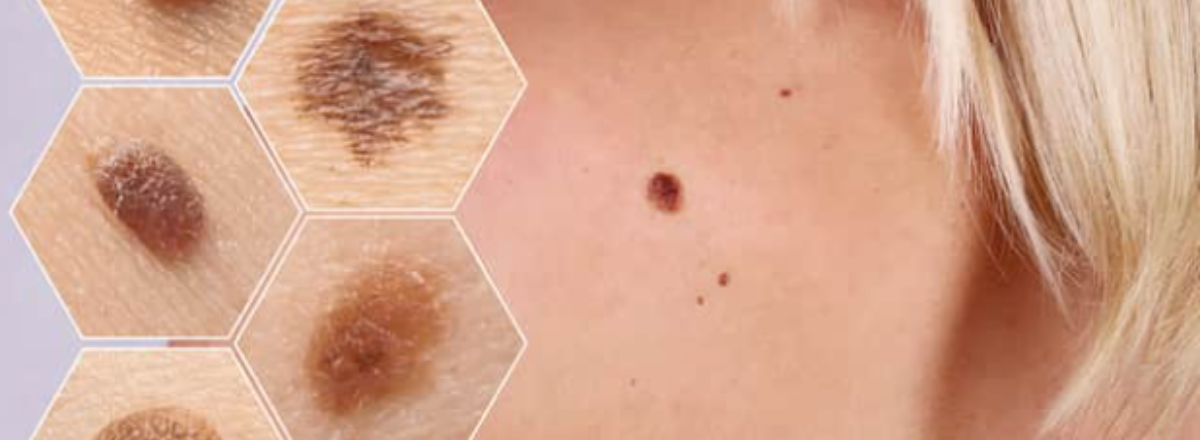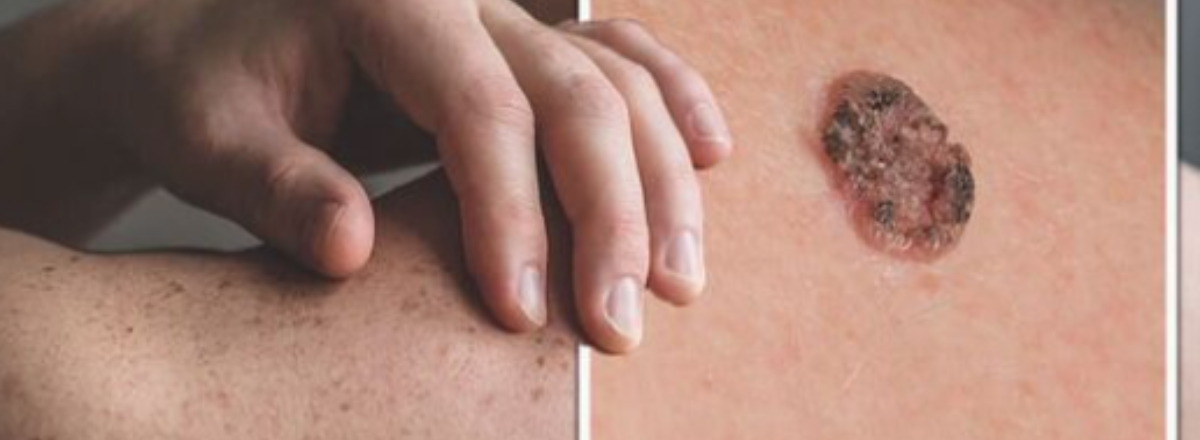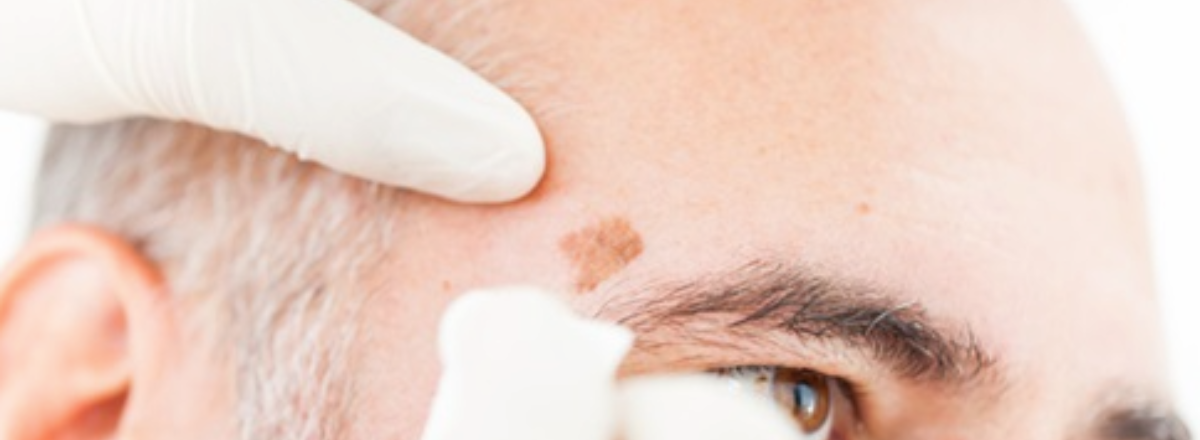We seem to wait forever for good weather to arrive in the UK. So it’s no surprise that when the sun finally does make an appearance, we can’t wait to soak it up. But, with cases of skin cancer on the increase each year, experts are using Sun Safety Week (3–9 May) to remind people to take care of their skin, especially when they spend time outdoors and in the sun.
Skin cancer is currently the fifth most common cancer in the UK – after breast, lung, prostate and bowel cancers. It’s also one of the most common cancers in the world, according to the NHS. But it’s also easily preventable, says ZoomDoc GP, Dr Sohini Kar.
‘Almost all cases of (melanoma) skin cancer can be prevented by staying safe in the sun and avoiding sunbeds. Yet we’re still seeing over 16,000 cases a year,’ she says.
To help reduce your risk of getting skin cancer, here’s what you need to know …
What causes skin cancer?

Most skin cancer is caused by ultraviolet (UV) light damaging the DNA in skin cells. The main source of UV light is sunlight.
There are different types of skin cancer – non-melanoma, which is more common and melanoma, which is the most serious. Both are mostly caused by harmful UV rays from the sun (or from sunbeds) that damage the skin’s DNA. Being older, fair-skinned and having a family history will also increase your risk of getting it.
‘In the UK we can have a false sense of security that the sun is not strong enough to do damage to our skin, let alone cause skin cancer. Unfortunately it is and it can,’ says Dr Sohini.
Being aware of this risk makes it possible to take precautions to prevent it. These include:
- wearing SPF when you’re outdoors
- seeking shade when the sun is at its strongest (11am-3pm)
- avoiding using sunbeds and sun lamps.
Spot the warning signs of skin cancer?

The first sign of non-melanoma skin cancer is usually the appearance of a lump or discoloured patch on the skin that persists after a few weeks.
Even if you think you’ve been careful in the sun, it’s easy to miss bits when applying your SPF, or not to realise the sun was strong enough to need any in the first place.
‘Checking your skin regularly is key to getting an early diagnosis and successful treatment,’ says Dr Sohini.
In terms of what to look for, the NHS says the most common sign of melanoma is ‘a new mole or a change in an existing mole’. According to Cancer Research, ‘melanomas in men are most common on the back. In women, the most common site is the legs’. However, they can appear anywhere on the body so be sure to check all over and ask a friend to look at your back if you can’t see clearly enough in a mirror.
Other skin cancer symptoms can include unusual lumps, bumps, patches, ulcers, lesions or any kind of skin discolouration that has not healed after four weeks.
Treatment for skin cancer

Surgery is the main treatment for non-melanoma skin cancer. Non-surgical treatments, such as freezing, anti-cancer creams, photodynamic therapy (PDT).
Once your GP assesses your mole or skin concern, you’ll most likely be referred to a specialist (dermatologist) to take a closer look.
‘The first step will be to do a skin biopsy to check for cancerous cells. If these are confirmed, you may need further tests to establish how far it has spread and what stage it’s at, in order to know the best way to treat it,’ says Dr Sohini.
Depending on the stage and size of the skin cancer, treatment can involve:
- surgery – to remove the affected skin
- radiotherapy – to target cancerous cells
- targeted medicines and immunotherapy – to stop the cancer growing.
If you’re concerned about anything unusual on your skin, get peace of mind or advice for what to do next by seeing your GP, or download our app to speak to a ZoomDoc GP at a convenient time for you.
